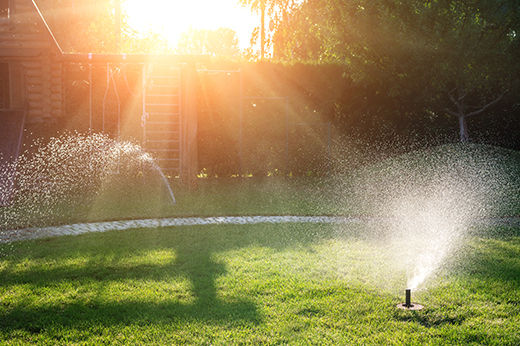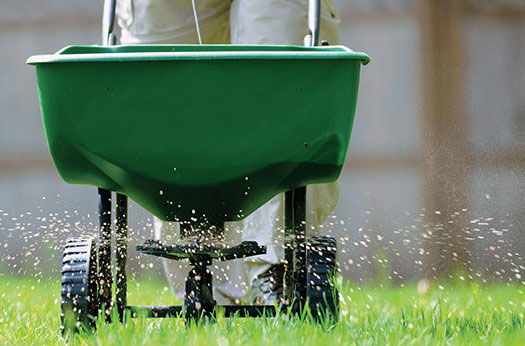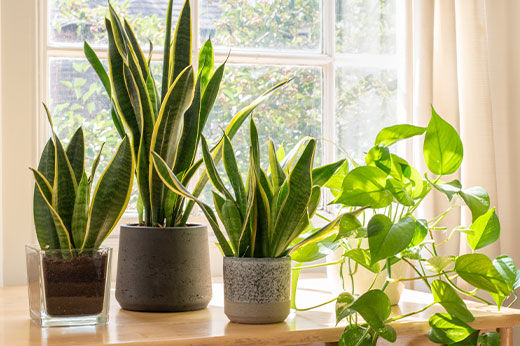How to Siphon Gas with a Pump: A Step-by-Step Guide
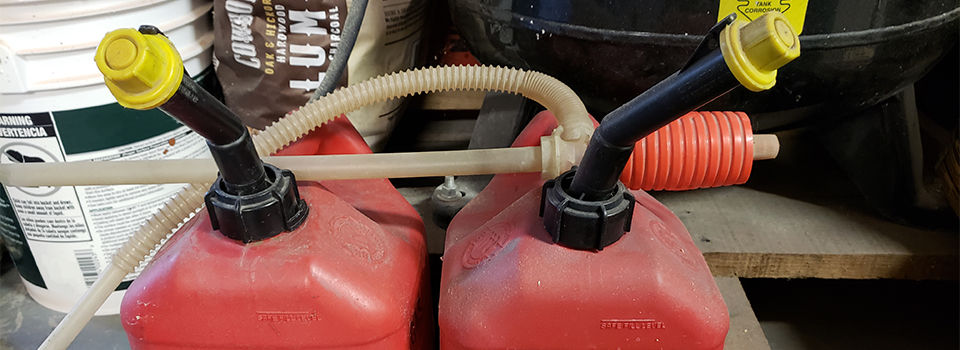
Knowing how to siphon gas with a pump is a life skill that can prove invaluable during an emergency. While it might not be a skill we think we’ll use often, you never know when you might need to transfer gas, oil, or even water from one container to another.
Even for practical (non-emergency) purposes, knowing how to siphon gas and other liquids is helpful. You might need to empty lawn and garden equipment for storage, transfer gas between vehicles, or simply move liquids quickly, safely, and effectively.
Should I Own a Siphon Pump?

If you own lawn and garden equipment powered by gas, ATVs, motorbikes, or even vehicles, then yes, it's a good idea to own a siphon pump. Most of us have a red gas container somewhere in our garage, and knowing how to siphon gas with a pump will help you move the contents easily and safely.
Owning more than one siphon pump is also essential if you need to move more than one type of liquid. For example, if you need to move water, oil, or another liquid between containers, you'll want a separate siphon pump for each. Be sure to mark each pump clearly and keep them separated.
In times of natural disasters, emergency weather situations, and even simple home maintenance, you might need to drain a container or transfer liquids. Having a siphon pump (or two) on hand will ensure you’re prepared.
Tools Needed to Siphon Gas
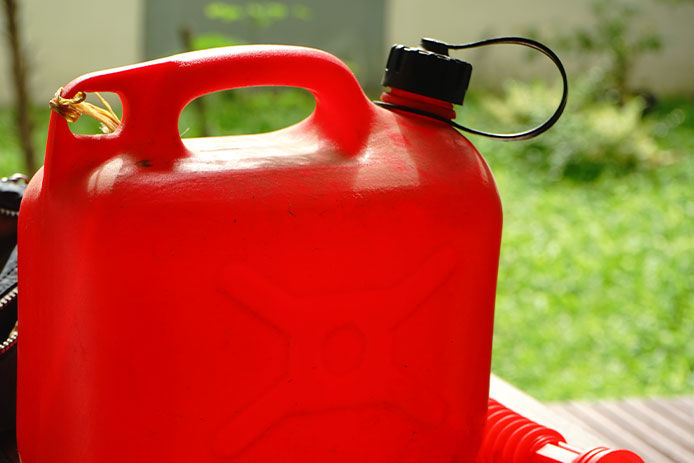
So what do you need to siphon gas? Moving gas from one container to another is best done with the right tools. A proper siphon pump is the best way to transfer liquids. You will need the following to siphon gas:
It’s generally a good idea to have safety equipment like a fire extinguisher nearby whenever you're working with chemicals. Take precautions to clear away any debris or items in the area so you can work in an open space. Never work near any open flame, and don't smoke near any gas container.
How Does a Siphon Pump Work?
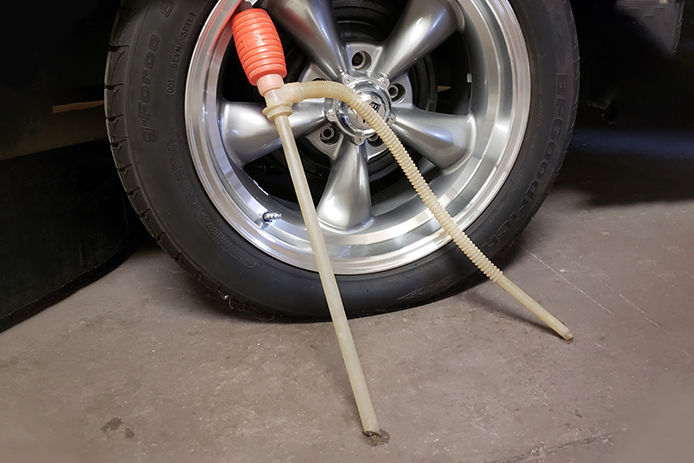
Before you siphon gas, it’s best to understand the basic physics behind a siphon pump. Knowing how a siphon pump works will help you select the right pump for your application.
When people think of siphoning gas, many envision what they've seen in the movies. However, siphoning gas without a pump is very dangerous. The siphoning process doesn't rely on atmospheric pressure but rather gravity. Once you begin to siphon the liquid, it will continue to flow on its own until you stop it.
Because the siphon relies on gravity, the liquid you want to move should be higher than the container where you want to transfer it. Using a siphon pump, you begin the fluid movement and gravity does the rest of the work.
How to Siphon Gas with a Pump
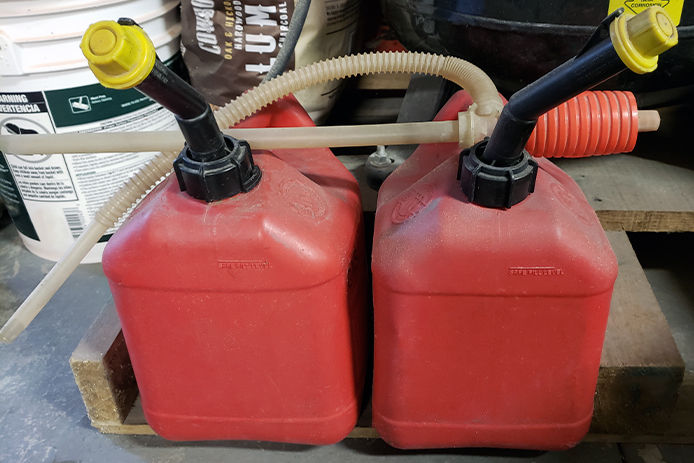
If you've gathered your gas-siphoning tools and equipment and cleared the area, you're ready to get started. It’s a good idea to wear a mask to protect against gas fumes.
Step 1: Position the Gas Pump
To siphon gas, it's vital to position the equipment properly. You should place the pump below the equipment that you’ll be siphoning from. Always be sure that you siphon gas (and most other liquids outside. Siphoning gas indoors can release toxic gas fumes, lead to spillage, and present a fire hazard.
Step 2: Begin Pumping to Siphon Gas
Read the instructions for your particular gas siphon pump to ensure you use it properly. While most pumps work manually, there are also battery-operated pumps for kerosene and other liquids. If you’re wondering how to use a hand pump to siphon gas, most work on the same principle: use the pump on the siphon hose to create suction, drawing out the gas.
Step 3: Continue Siphoning, Monitoring the Progress
Gravity will do the work. Watch your container carefully because the gas siphoning process can be quite fast. Once the container is mostly full (but not entirely), you'll raise the container to the level of the equipment/gas source to stop the siphoning.
Step 4: Finish Siphoning and Clean Up
Once the siphoning is complete and the gas has stopped flowing to the container, you'll want to tightly close the gasoline container, ensuring nothing spills. Clean up any spills right away. Next, remove the siphon pump and clean it thoroughly before storing it.
Is it Dangerous to Siphon Gas?
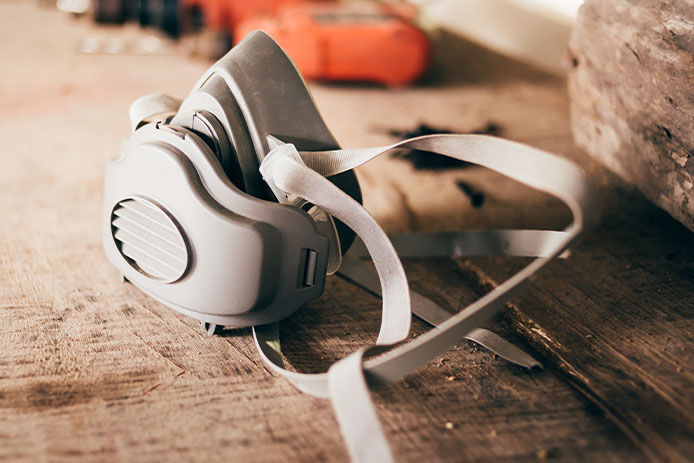
Some people worry that siphoning gas is a dangerous process. It’s safe if you are cautious and use the proper equipment. Of course, any time you move chemicals like oil or gas, there is always a risk. It's important to work carefully, ensure you've cleared your surroundings of anything flammable, and remove any source of flame or spark. Keep a fire extinguisher handy.
It’s also advised to wear a mask or respirator when you work with chemicals like gas or oil. Wearing protective gear will help you avoid dangerous fumes. Work in a well-ventilated area, and never siphon gas indoors.
Knowing how to siphon gas with a pump is a great skill that can help you maintain your lawn equipment, fill up a gas tank in an emergency, and move liquids between containers easily. You can find siphon pumps and all the tools you need to maintain gas-powered equipment online or at your local Do it Best store.
While do-it-yourself projects can be fun and fulfilling, there is always a potential for personal injury or property damage. We strongly suggest that any project beyond your abilities be left to licensed professionals such as electricians, plumbers, and carpenters. Any action you take upon the information on this website is strictly at your own risk, and we assume no responsibility or liability for the contents of this article.
Article Author
Meredith Lager
Meredith has 13 years of writing experience online and in newspapers and studied journalism at Hood College in Frederick, Maryland. Currently, she contributes to Prepforthat.com. She is an avid supporter of being prepared and growing your own food. In addition to writing, she is an avid oil and acrylic painter. You can check out her paintings on her Instagram.
